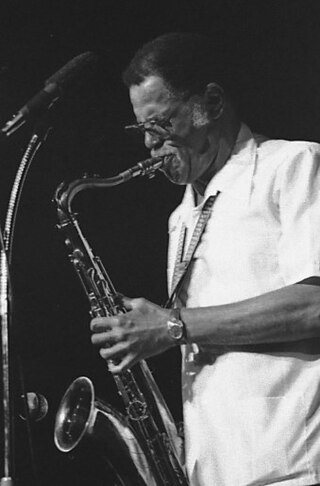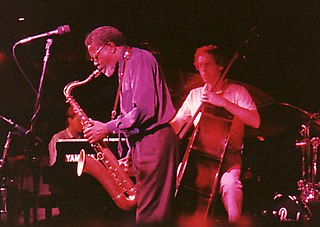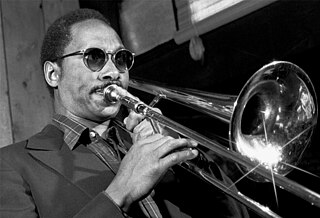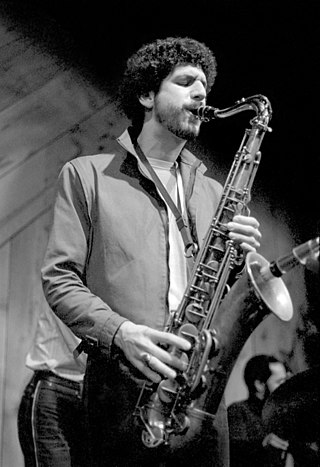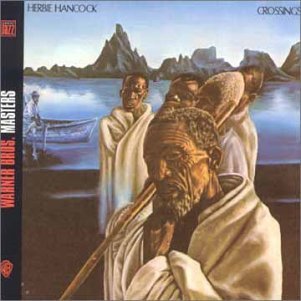With Kenny Barron With Gary Bartz With Norman Connors - Dance of Magic (Cobblestone, 1972)
- Dark of Light (Cobblestone, 1973)
- Love from the Sun (Buddah, 1973)
- Slew Foot (Buddah, 1974)
- Saturday Night Special (Buddah, 1975)
- Invitation (Arista, 1979)
With The Cookers - Warriors (Jazz Legacy Productions, 2010)
- Cast The First Stone (Plus Loin Music/Harmonia Mundi, 2011)
- Believe (Motéma Music, 2012)
- Time And Time Again (Motéma Music, 2014)
- The Call Of The Wild And Peaceful Heart (Smoke Sessions, 2016)
- Look Out! (Gearbox, 2021)
With Stanley Cowell - Talkin' 'Bout Love (Galaxy, 1977)
- New World (Galaxy, 1981)
- Setup (SteepleChase, 1994)
With Richard Davis With Charles Earland With Ilhan Ersahin - She Said (Pozitif Muzik Yapim 1996)
- Silver (Nublu, 2019)
With Joe Farnsworth - Beautiful Friendship (Criss Cross, 1998)
- The Good Life (Smoke Sessions, 2010)
With Benny Golson With Herbie Hancock With Billy Harper With Billy Hart With Willie Jones III - Groundwork (WJ3, 2015)
- My Point Is... (WJ3, 2017)
With Jarek Smietana - Live at the Jazz Jamboree (GOWI, 1996)
- Autumn Suite (JSR, 2006)
With Buddy Terry With Gerald Wilson With Pete Yellin - Dance of Allegra (Mainstream, 1972)
- Mellow Soul (Metropolitan, 1998)
| With others - Mina Aoe, The Shadow of Love (Victor, 1993)
- Dale Barlow, Hipnotation (Scratch, 1991)
- Bill Barron, Higher Ground (Joken, 1993)
- T. K. Blue, Another Blue (Arkadia Jazz, 1999) – recorded in 1998
- Donald Brown, Sources of Inspiration (Muse, 1990) – recorded in 1989
- George Cables, Morning Song (HighNote. 2003) – live recorded in 1980
- Joe Chambers, Mirrors (Blue Note, 1998)
- Jimmy Cobb, Remembering Miles (Eighty-Eight's, 2011)
- Michael Davis, Trumpets Eleven (Hip-Bone, 2003)
- Steve Davis, Say When (Smoke Sessions, 2015)
- Laurent de Wilde, Off the Boat (Ida, 1988)
- Dilba, Dilba (WEA, 1996)
- Will Downing, A Dream Fulfilled (Island, 1991)
- Ray Drummond, Maya's Dance (Nilva, 1989)
- Pete Escovedo & Sheila Escovedo, Happy Together (Fantasy, 1978)
- Sonny Fortune, From Now On (Blue Note, 1996)
- Rick Germanson, Live at Smalls (SmallsLIVE, 2011)
- Winard Harper, Be Yourself (Epicure, 1994)
- Kevin Hays, Sweet Ear (SteepleChase, 1991)
- Bertha Hope, Elmo's Fire (SteepleChase, 1991)
- J. J. Johnson, The Brass Orchestra (Verve, 1997)
- Azar Lawrence, Mystic Journey (Furthermore, 2010)
- Babatunde Lea, Levels of Conciousness[ sic ] (Theresa, 1979)
- The Leaders, Spirits Alike (Double Moon, 2006)
- Victor Lewis, Know It Today, Know It Tomorrow (Red 1993)
- Bennie Maupin, Slow Traffic to the Right (Mercury, 1977)
- Ron McClure, Never Forget (SteepleChase, 1991)
- Mingus Big Band, Live in Tokyo (Sunnyside, 2006)
- Butch Morris, Nublu Orchestra Conducted by Butch Morris (Nublu, 2006)
- Mulgrew Miller, Hand in Hand (BMG/RCA, 1993)
- Nicholas Payton, Lew Soloff, Tom Harrell, Eddie Henderson, Trumpet Legacy (Milestone, 1998)
- Courtney Pine, Modern Day Jazz Stories (Antilles, 1995)
- Martha Reeves, Gotta Keep Moving (Fantasy, 1980)
- Justin Robinson, Just in Time (Verve, 1992)
- Pharoah Sanders, Journey to the One (Theresa, 1980)
- Sonny Simmons, Mixolydis (Marge, 2002)
- Archie Shepp, Something to Live For (Timeless, 1997)
- Bill Stewart, Snide Remarks (Blue Note, 1995)
- John Thompson, Romantic Night (AMH 2002)
- McCoy Tyner, Journey (Verve/Birdology 1993)
- Roseanna Vitro, Catchin' Some Rays (Telarc, 1997)
- Mal Waldron, My Dear Family (Alfa, 1994)
- Tim Warfield, Spherical (Criss Cross, 2015)
- Grover Washington Jr., All My Tomorrows (Columbia, 1994)
- Wax Poetic, Three (Doublemoon, 1998)
- Buster Williams, Dreams Come True (Buddah, 1980)
- Lenny Williams, Rise Sleeping Beauty (Motown, 1975)
- Leon Thomas Precious Energy (Mapleshade, 1990)
- Denny Zeitlin, Invasion of the Body Snatchers (United Artists, 1978)
|



